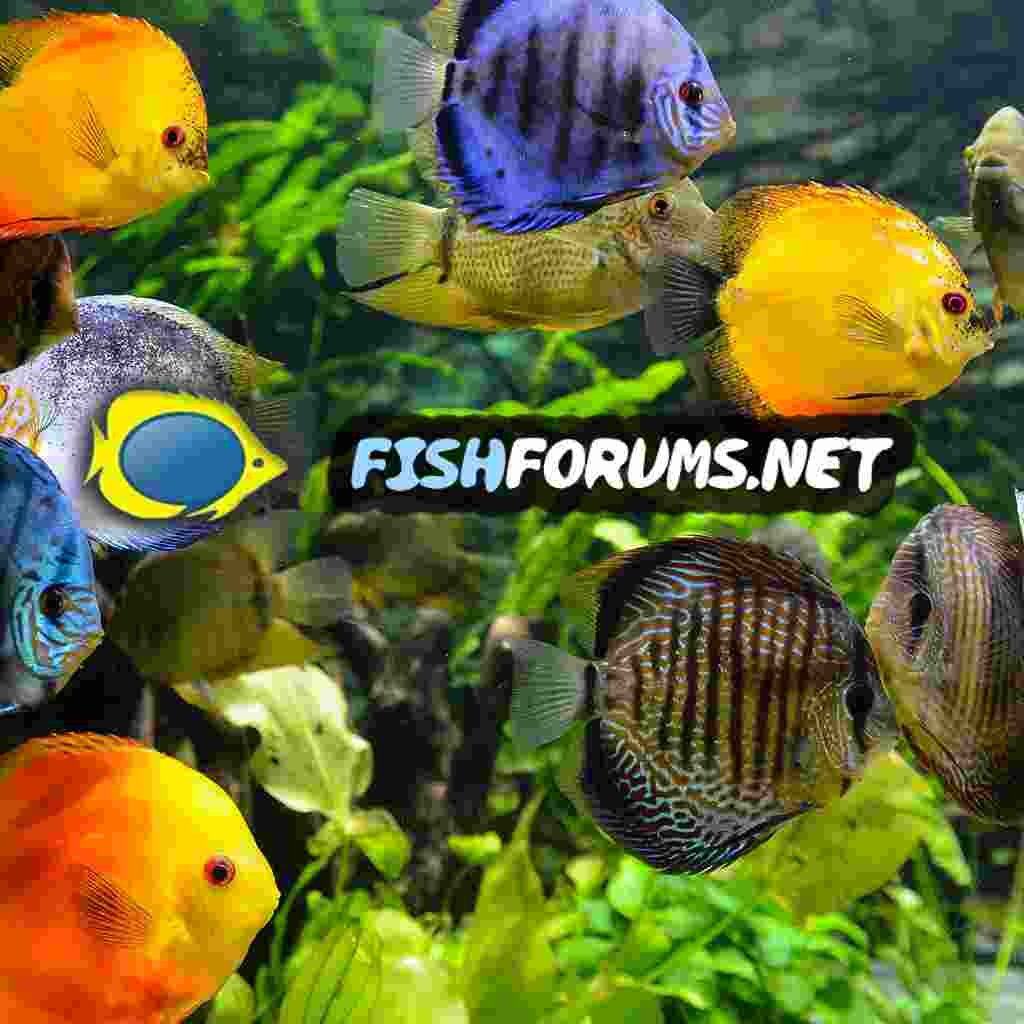Firestorm_1976
New Member
I am expecting to receive fish (red-eye red lyretail swordtails) shipped to me next week. This would be my first time getting fish shipped, so I am FREAKING OUT and wondering if QT should be different than when fish bought from a store (since they are probably much more stressed out d/t shipping). It will be coming from two different sellers. So, should I QT them separately or together (should be 6 swordtails total--4 from one seller and 2 from another seller--assuming both sellers ship, and all fish arrives alive)? Can Kordon Rid Ich Plus and Hikari PraziPro be used together to address potential ich and other parasites right away? Is antibiotic really needed preventatively or should I hold off if there are actual symptoms of infection? Aquarium Coop recommends Fritz Maracyn, and Fritz Maracyn is basically erythromycin, which (per my understanding) is probably the least effective against most common fish infections and it does kill the cycle. What am I missing? Aquarium Meds that I already have on hand are: API General Cure, API erythromycin (expired a couple of months ago), API Furan-2, Hikari PraziPro, Fritz Expel-P, Kordon Rid Ich Plus, KanaPlex, MetroPlex. I also have "natural" Tropical Science Fishkeeper and KORDON Ich Attack.
Normally, when I buy fish from a store, I only use PraziPro (2-3 rounds, a week or two apart) and as of recently, Fritz Expel-P (couple of rounds a week or so apart to rule out camallanus worms). But this time around, since the fish is being shipped, I wonder if I should start with KORDON Ich Attack and then go from there to get a jump start on ich. I usually QT at least 2 months, so plenty time to get everything done. Please advise!
Normally, when I buy fish from a store, I only use PraziPro (2-3 rounds, a week or two apart) and as of recently, Fritz Expel-P (couple of rounds a week or so apart to rule out camallanus worms). But this time around, since the fish is being shipped, I wonder if I should start with KORDON Ich Attack and then go from there to get a jump start on ich. I usually QT at least 2 months, so plenty time to get everything done. Please advise!
Last edited:


